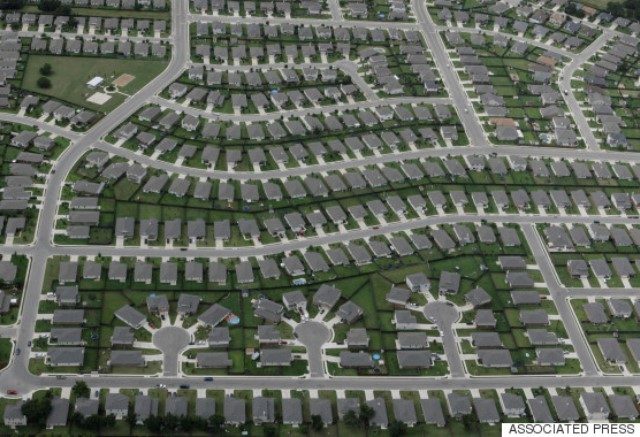Magnify Money, a consumer finance website, released a new study this week that found Texas dominated the list of U.S. “boomtowns” and Austin scored the top spot.
“Americans are flocking to and prospering in Texas,” wrote Kali McFadden, a Magnify Money senior analyst. She said Lone Star State metros represented one-third of the top 15 spots on their rankings. Five of the six Texas cities on the list placed in the top 11.
“We wanted to find out where Americans are gathering now to take advantage of growing prosperity and improved lifestyles to achieve the American dream,” said McFadden.
Magnify Money researchers examined the 100 largest U.S. metropolitan statistical areas (MSA) over the five year period from 2011 to 2016 using data from the U.S. Census Bureau’s American Community Survey and County Business Patterns. Researchers focused on business growth, population and housing, and workforce and earnings. Boomtowns saw the biggest influx of people, work opportunities, and business growth.
“Austin jumps way out ahead of all the metros we reviewed, showing the greatest five year growth in population and housing,” said McFadden. The Texas capital earned a perfect population and housing score of 100. It added people and had jobs for them. The Austin metro area experienced a 23 percent drop in unemployment. The median wage increased by nearly nine percent. The number of businesses operating in Austin rose by 21 percent and new hires soared by 24 percent. Analysts identified one shortcoming — 10 percent housing unit growth lagged next to the almost 16 percent population boom.
Dallas (7), San Antonio (9), and McAllen (10) made the top 10. Houston (11) and El Paso (24) placed in the top 25.
By subscribing, you agree to our terms of use & privacy policy. You will receive email marketing messages from Breitbart News Network to the email you provide. You may unsubscribe at any time.
Business also boomed in Provo, Utah; Raleigh, North Carolina; Charleston, South Carolina; and Nashville, Tennessee; ranking second through fifth, respectively.
Provo got the highest score, 95.1, in the business growth category. Its population increased by 12 percent and housing rose eight percent. Although the workforce grew by 13 percent, median wages stalled, budging only 3.5 percent higher than five years earlier.
Raleigh, with a 13 percent surge in residents and a nine percent rise in dwellings, ranked second to Austin in the population and housing subset. The North Carolina capital was fifth in business growth. Nearby Durham ranked 16th. Charlotte took 13th.
Charleston got the third highest marks for workforce and earnings, with a healthy 22 percent drop in joblessness. Its workforce grew by 11 percent. During this time, Charleston’s population also increased 11 percent but the number of housing units fell short, stalled at slightly more than six percent.
Nashville firms grew staff by a healthy 21 percent. Their workforce grew nine percent. Unemployment dropped 25 percent. Median wages rose seven percent. McFadden suggested the boom “may be luring people to work” and noted the city diversified from its traditional country music roots. Housing, though, increased by five percent, not nearly enough for the influx of new people.
Colorado’s Denver ranked sixth while Colorado Springs placed 23rd. Boise, Idaho, took eighth, and Des Moines, Iowa, was 15th. Top 25 listers included Florida’s Orlando (14), Fort Myers (17), and Sarasota (25); Utah’s Ogden (12) and Salt Lake City (18), and California’s San Jose (19) and San Francisco (22). Riverside (40), San Diego (43) and Los Angeles (58) placed lower.
The study also identified the slowest growing places in the nation. Four of six Ohio metros shrunk their labor forces and number of businesses between 2011 and 2016. Only Columbus (34) saw appreciable growth. Connecticut and Pennsylvania MSAs landed in the bottom quarter of the findings as did metros in New York, except for New York City (62). Boston (46) was the sole northeastern city in the top half of the list.
Follow Merrill Hope, a member of the original Breitbart Texas team, on Twitter.

COMMENTS
Please let us know if you're having issues with commenting.